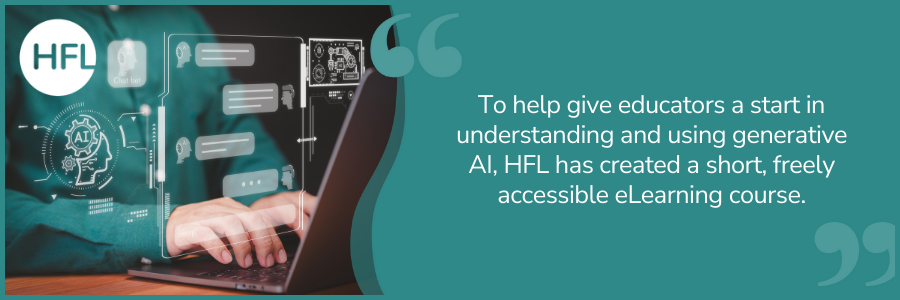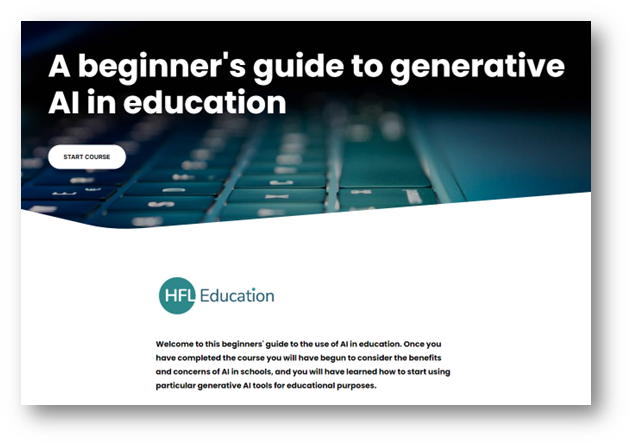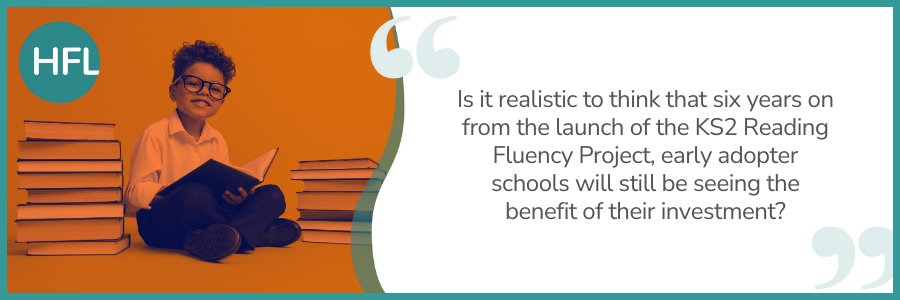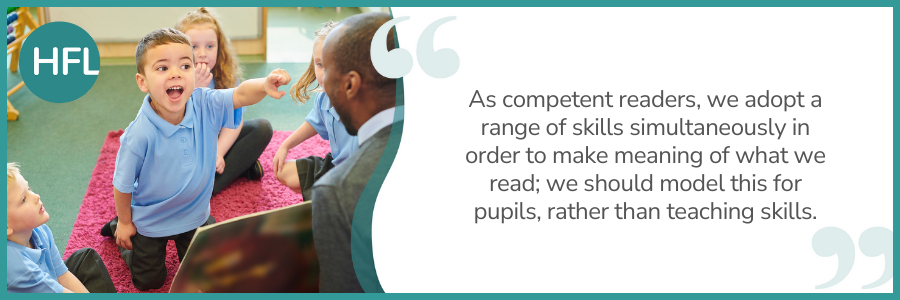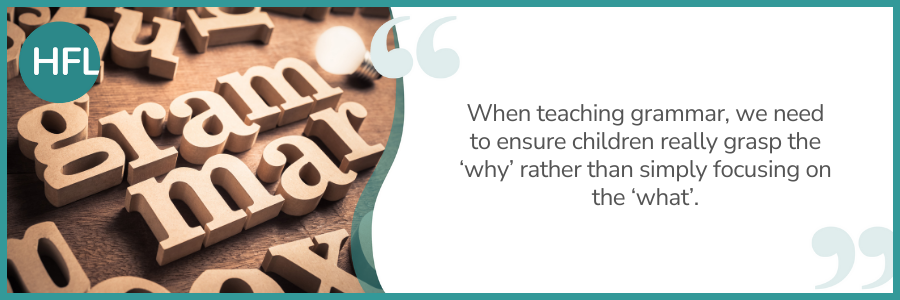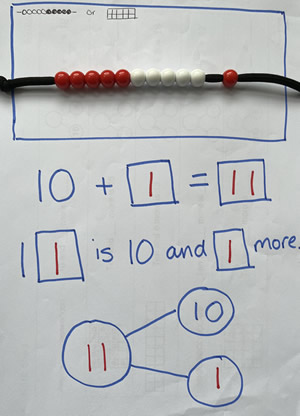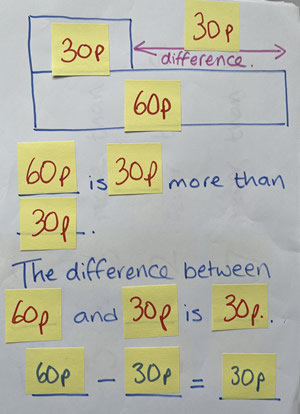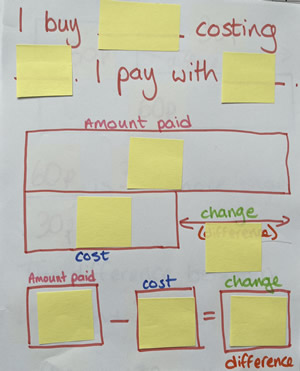I’m going to make my apologies now and admit that this blog is a little self-indulgent, as I am writing about myself – specifically, my passion for running. But there is a broader point to it. It has been a journey of discovery to get to where I am now, and I feel I have learnt some interesting lessons about learning along the way, which I feel inspired to share.
A bit of context first of all: for most of my life I was not a keen participant in any form of sporting exercise – particularly competitive situations. This was especially true as a school pupil. I was the stereotypical ‘last one to get picked for the team’ and my lack of skills when it came to kicking a ball, throwing, catching or hitting anything with a bat or racket all made me part of the subset of my year group whom my PE teachers considered a lost cause or a laughing stock. My experience of sport was to be on the receiving end of ridicule and was therefore something to be avoided, if at all possible. Once I left school, and compulsory PE was a thing of the past, for the next 25 or so years, the only physical exercise I undertook was the occasional countryside walk – nothing too strenuous. (Side note – I am relieved to say that PE teaching is far more inclusive these days.)
So what changed? In my early 40s, something got me interested in trying to run. I can’t exactly remember what began this train of thought, but the realisation that I was putting on a bit of weight and that some of my clothes didn’t fit me anymore was certainly a factor. I loved to walk in the countryside, so why not up the pace a bit? The only problem being, if I tried to jog for more than 30 seconds, I was utterly breathless and unable to continue. That was when I discovered the ‘Couch to 5k’ programme. The information suggested that in just 9 weeks, I could convert from couch potato to being able to jog continuously for 30 minutes (typically equating to a 5 kilometre steady jog). I found it utterly incredulous to think that I would ever achieve that goal of 30 minutes’ continuous jogging, but I was willing to suspend my disbelief and give it a go.
To cut what could easily become an over-long story short, it worked. 10 weeks later (there was one week of the programme that I repeated) I was jogging for 30 minutes continuously. And the running app that I had started to use confirmed that I was indeed covering 5 km.
So, what does any of this have to do with learning? Are there some generic points here that could be applied to any learning situation?
As I reflect on my journey from total non-runner to competent 5k runner and beyond, the following 9 factors occur to me:
Growth mindset & self-belief
When I started the Couch to 5k (C25k) programme, I wasn’t really convinced that it would work for me. My internal monologue was still very much telling me that I was a failure when it came to sports, and why should this time be any different? But I was willing to give it a try and within a few weeks I could tell that I was improving. I started to believe that it was possible, if I followed the expert advice. The negative internal voice would still pipe up from time to time, to remind me that I was useless at this, but I was beginning to develop a stronger alternative internal voice that could argue back. (Think Smeagol versus Gollum in Lord of the Rings, if you will.) “If this programme has worked for other people, why shouldn’t it work for me?” Beginning to believe that I had the power to improve, with practice and concerted effort, was an essential and key moment.
(NB I believe passionately in the power of developing a growth mindset in our learners, but I am aware there are those who do not believe in it and see it as a fad. This may be because it is not always applied in classrooms in ways that are true to Carol Dweck’s research. It is well worth reading this blog, that looks at some of the potential pitfalls to avoid, if you really want to work on nurturing a growth mindset in all your learners.)
Intrinsic motivation
I had decided that this was something I wanted to learn. Not for any extrinsic rewards: nobody was going to give me a medal, certificate or sticker. The accomplishment of being able to do it would be reward enough. If I hadn’t been intrinsically motivated - if I hadn’t seen the value of the achievement as being sufficient in itself - I don’t think any amount of external motivation (or ‘bribery’) would have done the trick. This is also an important lesson for our classrooms. If we want to develop independent learners, we have to create a learning culture that is centred on the value of the learning for its own sake, not a culture that says that the benefit of learning ‘x’ is that you will be given ‘y’. (There are of course situations when we do learn things for an external reason. For example, we might need to achieve particular exam grades in order to be able to get to the next stage of our education. I don’t mean to deny the existence of those situations – however I don’t believe they lead to the best learning. A performance/outcome-focused culture is the enemy of a love of learning. For more on this topic, I highly recommend reading the work of Chris Watkins.)
A well-structured and sequenced curriculum
The C25k programme has been very well developed by experts. The learning builds at a pace that has been proven to be effective for many thousands of novices, without ever over-stretching and risking injury. In other words, it is a very good scheme of work, built on sound principles of that curriculum domain.
Learning at my own pace
Having said the above, I did make one slight deviation from the programme, when I felt I needed to repeat a week. I felt I needed some consolidation before I was confident to move on. In our classrooms, do we give learners enough of a voice to say, “I need to practise this a bit more before we move on to harder stuff”? Even if learners don’t tell us this, as teachers are we using good formative assessment to spot the learners who need more practice or more support?
Small achievable steps
What makes the C25k programme so effective is that each week you have achieved a little bit more than the previous week. Each target is not so far ahead of the last week’s achievement as to seem too daunting. It takes you just outside of your comfort zone, into the learning zone, but not as far as the panic zone. And then your comfort zone expands and you’re ready for the next incremental step. This also helps to reinforce the growth mindset over time: every time you achieve a new goal that you had previously considered impossible, you increase your belief in what is possible.
A low-stakes environment – the freedom to fail!
There were no high stakes consequences to what I was doing. If one day I didn’t do so well, it didn’t matter. There were no scores, merits, stickers or house points at stake. No-one was going to laugh at me or be annoyed at me. If I had struggled that day, I might be a little disappointed in myself, but that was all and that didn’t feel too bad, as there was always next time.
Encouragement of my peers
Some of my friends knew I was doing the C25k and would ask how it was going and give me encouragement. This can be crucial, to help you get through the days when you don’t feel so good. This links back to the classroom culture – a culture of collaboration, mutual learning and peer support. I know some people believe that competition can be harnessed to positive effect within the classroom. Personally I believe that competition, and a performance culture, is the opposite of a supportive learning culture. Competition is fine for what it is – an opportunity for those who already think they are pretty good at something, and who want to put their skills to the test against others, to do so. But you have to want to be in that competitive arena, and be prepared to accept the result, win or lose, otherwise it can be highly demotivating. I’ll say a bit more about competition a little further down.
Expert advice on specific elements of technique
Whilst the C25k programme is of course entirely generic to all users, there have been a couple of occasions (after I had finished C25k and was running longer distances, I should add) when I had reason to visit a physiotherapist. Some parts of the body were struggling to cope a bit with the new demands I was placing upon them. Expert advice, including particular strengthening exercises and core work, were what I needed to get my learning back on track. These were short, focused intervention strategies, if you will, and they were just what I needed at those times.
The right equipment
Although for the majority of the C25k programme I was running in a fairly old pair of trainers, once I had decided that running was now part of my life, I had a proper gait analysis done and invested in a decent pair of running shoes that were right for me. I would highly recommend this to anyone thinking of getting into running. The right equipment really makes a difference. And this too applies to the classroom. Different learners may require different resources.
Beyond 5k
Having successfully completed the C25k programme, I did not want to lose the fitness I had gained. At least once a week I would run my 5k route again. And I realised something – I had begun to enjoy it. It wasn’t just exercise, I loved running outside in the fresh air. It was a fantastic escape from the stresses of daily life. And once I began to enjoy it, I began to run further, bit by bit. The negative internal voice would still pop up from time to time and tell me “OK so you can run 5k, but you’d never be able to run 10k”. So I worked my way, in small achievable steps, up to 10k. “Ok, so you can run 10k, but there’s no way you could run 10 miles.” (My internal voice would switch between metric and imperial measurements, to fit the narrative.) Each time the gauntlet was thrown down, I would work towards that new goal. I had strategies: small achievable goals, and a growth mindset.
Sometimes the goals were not about distance but about pace. I started entering organised events. I could use the word ‘races’, but I prefer ‘events’ because, for me, they weren’t about winning. There is a fantastic buzz to a mass participation event, regardless of where you are placed at the finish line. And, whilst I am still not really competitive in terms of how my performance compares to others’, I have found that I am quite competitive when it comes to my own personal statistics. I always want to run a better time than my previous Personal Best. This is where I believe competition can be effectively harnessed within the classroom – not when it is about trying to be the best in your class, but when it is about beating your previous best effort.
In 2021, I ran a full marathon for the first time (running solo for the most part). As I trained for the distance, occasionally the negative internal voice would try to tell me that this was a ridiculous notion and that I was going to fail. But I was no longer scared of failing and anyway, I had developed a determination that, however tough it got, I would cover that distance. I had faced tough challenges before and I had got through them, so why should this be any different? Completing the distance was indeed extremely tough, but I did it. A testament to the power of self-belief – and training.
In April 2024 I ran the London Marathon for the first time, raising money for Brain Tumour Research. It was an absolutely incredible day and an experience I would heartily recommend. I am incredibly to grateful to all those who kindly sponsored me to run and, in doing so, helped me to support this worthwhile and underfunded cause.
If anyone out there reading this is now feeling inspired to take up running, I heartily encourage you to go for it! Download that Couch to 5k app and get your running shoes on. You won’t regret it.




